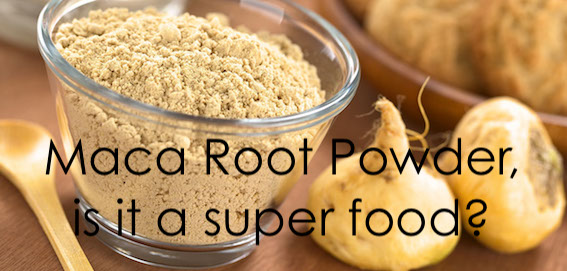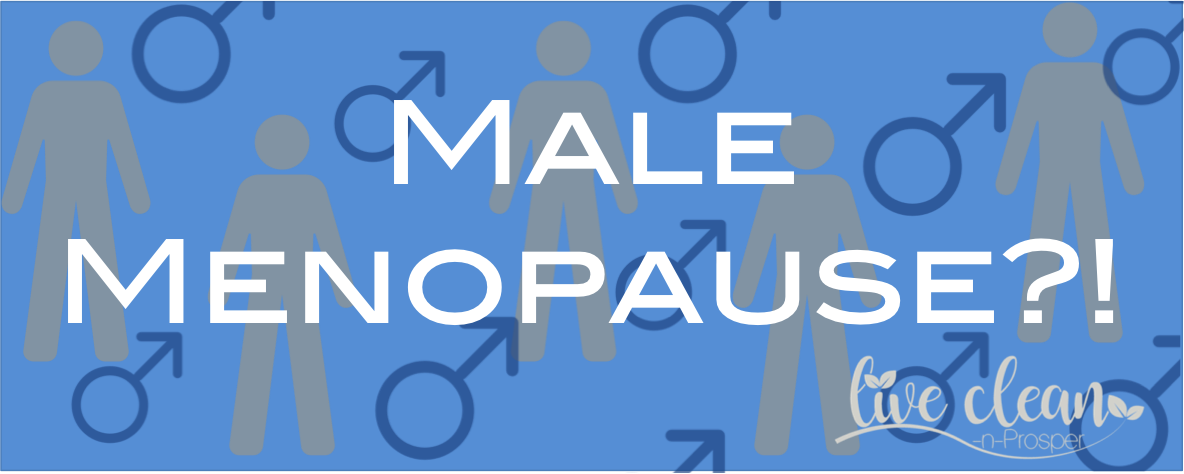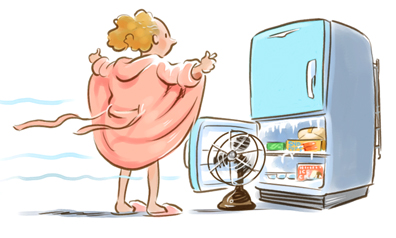Todays post is about a powder made from Maca root. This powder is something that we use quite regularly in our smoothies. I thought I would share a bit of information about it.
What is Maca Root?
Maca, known scientifically as Lepidium meyenii, has many names including Peruvian ginseng and maca-maca.
An edible herbaceous biennial plant that is native to South America in the high Andes Mountains of Peru. It is grown for its fleshy, bulbous root.
Related to radishes and turnips, its growth habit, size, and proportions are roughly similar. However it most closely resembles a parsnip. And it has a nutty, earthy slightly butterscotch-y taste.
The root is typically dried. Once dried, it may be further processed and is commonly available in powder form or as a supplement.
What makes it ‘super’?
In Peru, maca has been used for centuries as a food supplement to improve health and for its medicinal properties to enhance energy and fertility. In fact, the indigenous people of Peru have traditionally used it to improve children’s performance in school.
The root is an excellent source of essential amino acids, and calcium. It has very high levels of vitamin K, which helps the blood form clots.
As well as high levels of iron and iodine, which promote healthy cells, and to help keep the metabolism on track. Its big doses of potassium help digestion and make muscles happy.
Lepidium meyenii also contains various unique plant compounds called macaridine, macaenes, macamides and maca alkaloids. These qualities contribute to it being known as an adaptogenic plant. This means it gives the body the ability to adapt to or resist what’s going on in and around it.
What are the health benefits?
Some studies of menopausal women found that maca, in conjunction with other supplements, helped alleviate menopausal symptoms. It does this by stimulating the endocrine system helping to maintain hormonal balance.
The body uses the plant compounds to improve adrenal function, ovarian and testicular function as well as the functioning of the thyroid, the pancreas and the pineal glands.
Additional studies suggest that it can enhance mood and also help protect bone health. Women have a higher risk of osteoporosis after menopause.
With so many benefits, no wonder it is sometimes called a ‘superfood’.
How to take it –
Easy to incorporate into the diet, Maca can be taken as a tablet supplement or the powder can be added to smoothies, oatmeal and many other recipes.
The optimal dose for medicinal use has not been established. However, the dosage of powder used in studies generally ranges from 1.5–5 grams per day.
It is generally considered safe as a food or as a supplement if you don’t take more than 3 grams (less than a teaspoon) a day for a period of up to 4 months.
However, if you’re on blood thinners, maca may not be right for you, as it may counteract your medication. The same goes for men with elevated blood PSA (prostate specific antigens). The plant’s extracts act like oestrogen for many people, so those who have hormone-sensitive conditions like breast, uterine, and ovarian cancers or endometriosis should avoid it.
We hope you found this information interesting.
Till the next post,
Live clean n prosper
(Sources – National Library of Medicine, National Centre for Biotechnology Information – WebMD – Medical News Today – Healthline )



